Lorries Can’t Limbo – Prevent Bridge Strikes!
- Posted by Chadkirk
- On 21st January 2019
Following a recent bridge strike in Romiley, Stockport, less than a mile away from our head office, we’re highlighting the importance of driver’s and transport companies doing everything they can to prevent strikes.
What is a bridge strike?
Firstly, what is a bridge strike? It’s where a vehicle crashes into a bridge at a location where the railway passes over a road, or the road passes over a railway. They are a significant risk to railway safety, other road users and the public.
Consequences and Costs
In 2018 alone, there were 1,801 reported underline bridge strikes in the UK, that’s an average of 5 a day, and 132 overline bridges.
With each strike costing the taxpayer an average of £13,000, that’s over £23 million spent last year alone. As well these extortionate costs, vital emergency services are used, including the police, fire brigades and sometimes even ambulances. Not only is mayhem caused for other road users, they can also result in a 2 hour delay for trains trying to cross the bridge. Is it really worth not knowing your vehicle height, or thinking you can chance it?
Network Rail launched a six-month campaign in June 2018 called ‘Lorries can’t limbo’, which urged HGV drivers to ‘wise up, size up’ to stop these avoidable incidents taking place. The campaign aimed to highlight bridge sizes and what driver’s and haulage firms can do to prevent them.
However, a month after the campaign has finished, bridge strikes are still happening on a regular basis.
How to prevent bridge strikes
There are many ways bridge strikes can be prevented. At Chadkirk Transport, we have a range of policies and procedures in place to do so, as it’s important to note, it’s not solely the driver’s responsibility, transport companies are also liable.
Driver’s can:
- Know the vehicle height and width
- Know their route (and not rely on sat navs!)
- Obey traffic signs
- Complete the ‘Bridge Strikes’ FORS eLearning module
Transport firms can:
- Put relevant policies and procedures in place – including disciplinary action if in the unfortunate event a bridge strike happens
- Complete thorough staff inductions and regular meetings throughout employment
- As stated in the law, put height stickers inside all the cabs, and ensure the driver’s check this is still present and visible on their walkaround check before operating the vehicle
What action should be taken if a bridge strike occurs
- Report the bridge strike to the Rail Authority immediately so they can stop any trains crossing the bridge
- Telephone the number shown on the identification plate on the bridge
- Advise the police using the 999 system
- Report it to your employer
- Keep the public away and do not attempt to move your vehicle
Rhys Fildes, Managing Director, said: “Professional driver’s who are not aware of the size of their vehicle, or simply chance going under a bridge they’re not sure they’ll fit through, should not be behind the wheel of a HGV.
“It’s extremely important driver’s understand the potential problems a bridge strike can cause, from long delays and huge costs to losing their licences and more importantly, causing fatal injuries. As a haulage company, we’re always reminding our driver’s to check their vehicle and plan their routes to avoid low bridges before they set off.”
For more information on bridge strikes, how to prevent them and what to do if you cause or see one, read here: gov.uk/bridgestrikes
To read more about the Network Rail campaign, click here: networkrail.co.uk/risk-bridge-strikes


0 comments on Lorries Can’t Limbo – Prevent Bridge Strikes!